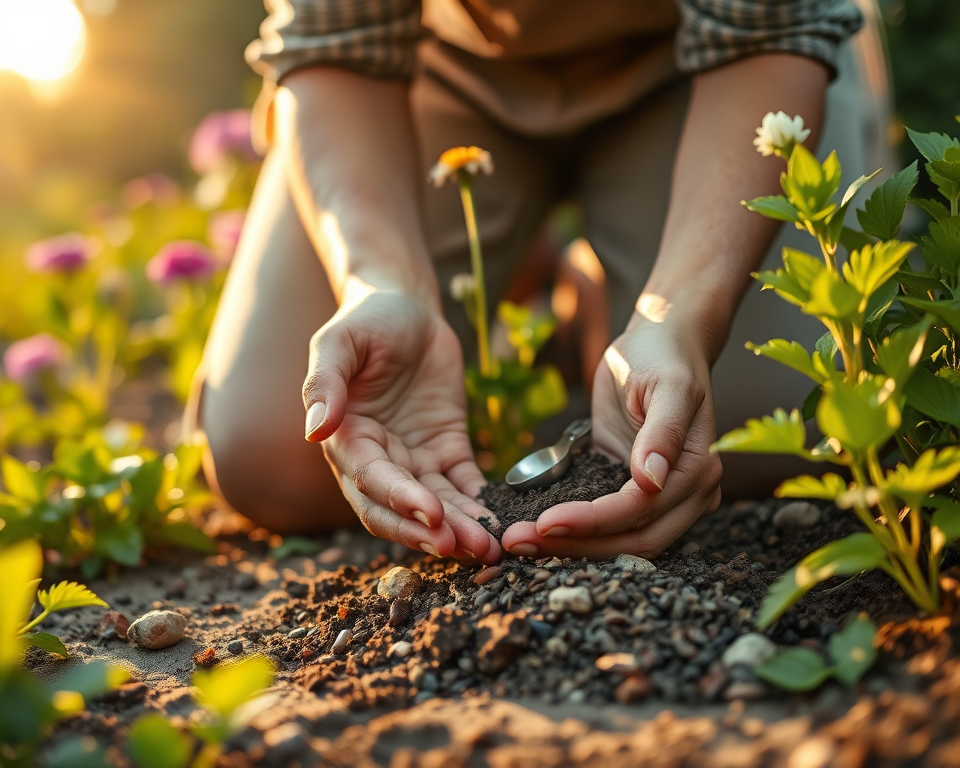When you’re gardening, you often need to measure things like soil, fertilizer, or seeds. Sometimes, we have to convert weights (like grams) to volumes (like teaspoons).
Now, let’s think about this:
- Grams are a way to measure weight. If you have something like fertilizer, it might be measured in grams.
- Teaspoons are used to measure volume. It’s what you might use to scoop up some soil or mix in a bit of plant food.
So, how do you know how many teaspoons are in 8.5 grams? The answer depends on what you’re measuring because different materials have different densities.
For example, one teaspoon of sugar weighs about 4.2 grams, and one teaspoon of water weighs about 5 grams. If you’re measuring something like salt, it might weigh differently too.
To figure this out mathematically, if we were using sugar as the example, we could do a calculation like this:
$$
\text{Teaspoons} = \frac{\text{Weight in grams}}{\text{Weight of one teaspoon in grams}}
$$
So for 8.5 grams of sugar, it would look like this:
$$
\text{Teaspoons} = \frac{8.5 \text{ grams}}{4.2 \text{ grams per teaspoon}} \approx 2.02 \text{ teaspoons}
$$
Here’s a quick overview of 7 objects that are exactly equal to 8.5 grams in weight:
- 2 teaspoons of sugar (about 8.4 grams)
- 1 ½ teaspoons of sea salt (about 8.5 grams)
- 8.5 paperclips (standard metal paperclip weighs about 1 gram)
- 2 teaspoons of flour (lightly packed, about 8.5 grams)
- 1 tablespoon of honey (approximately 21 grams; so you would need about 1/4 tablespoon for 8.5 grams)
- 1 ¾ teaspoons of ground cinnamon (approximately 8.5 grams)
- 3 sugar cubes (each sugar cube roughly weighs about 2-3 grams, so 3 cubes are around 8-9 grams)
By understanding how to convert between grams and teaspoons, you can better measure the things you need for your garden!
